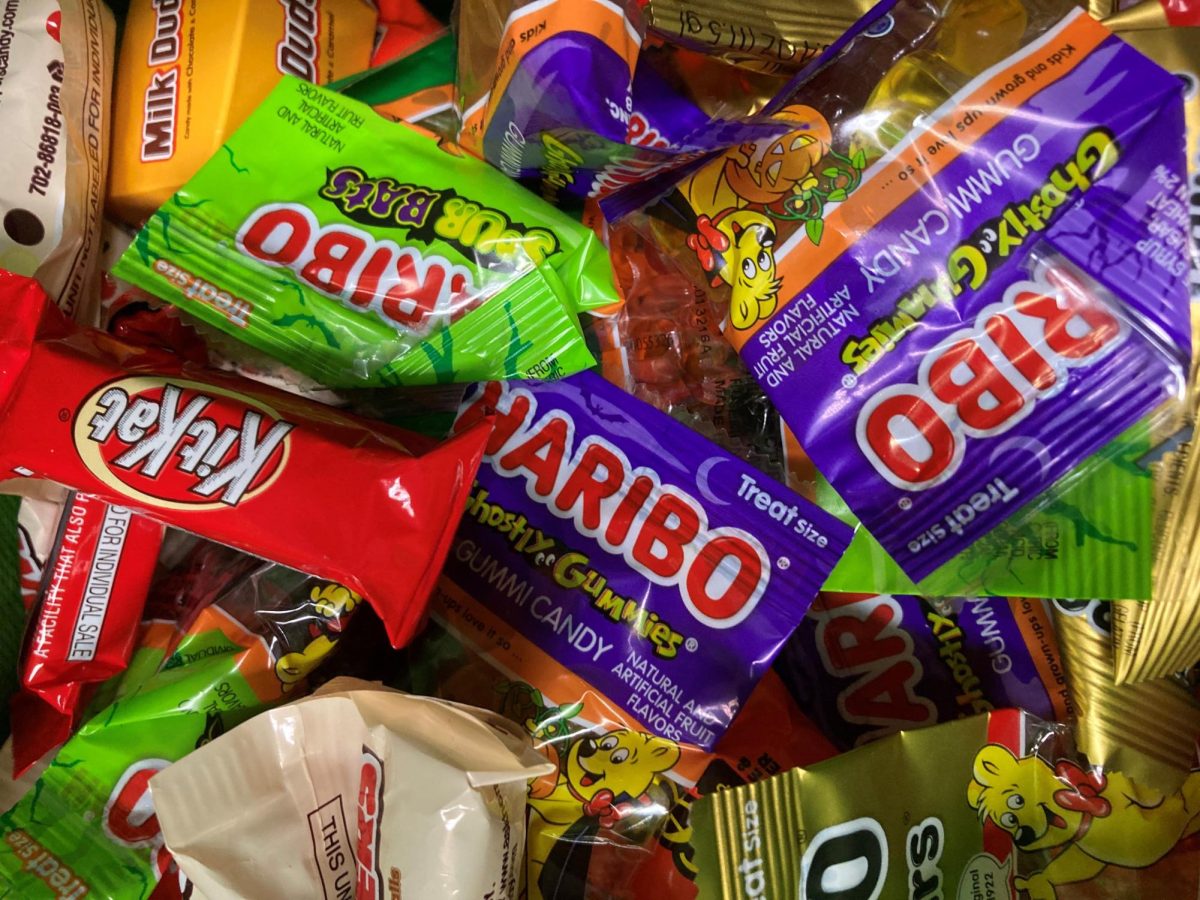People young and old across the world celebrate Halloween, and one of the most important aspects of this holiday could also be a detrimental health hazard. What role does candy pose to consumers’ health?
On Halloween, many children go trick-or-treating, and as a result, they end up with buckets full of sweets; very few of these bucket-carrying ghosts and superheroes consider the possible health risks.
Anyone who has gone trick-or-treating knows the joy of receiving a king-sized chocolate bar. However, is a larger bar really better?
According to the official Hershey website, one King Size Hershey Bar contains enough fat for over 100% of the recommended daily value (DV), and 39 grams of sugar, which for a child is enough sugar for more than 150% of DV.
Furthermore, Halloween candy is generally marketed as fun, playful, and delicious, while the true nature of the health risks it poses is not easily found.
One of the most well-known negative effects of candy from trick-or-treating is dental health. In an interview with Dr. Lauren Hagel and office manager Maggie Wallace from Orthodontics on the Plateau, in Sammamish, Ms. Wallace explains that sugars residing on teeth eat away at enamel, the outer layer of teeth, causing cavities. She also spoke about the advertising and promotional strategies of candy companies, stating that in order to attract more customers, “Companies make [candy] look really enticing.”
Dr. Hagel shared that the worst types of candy for dental health were sticky and sugary candies such as “Jolly Ranchers, Laffy Taffies, and Airheads.” However, she also mentioned that for consumers, eating candy every once in a while is alright.
As Halloween approaches, remember not to eat too much candy. While candy may be unhealthy, occasional treats are perfectly fine, even dentists agree.









